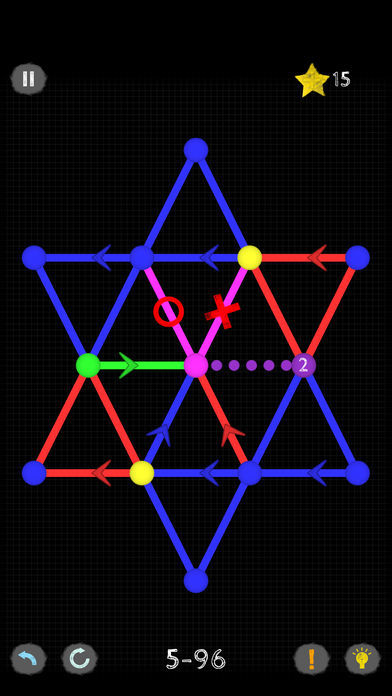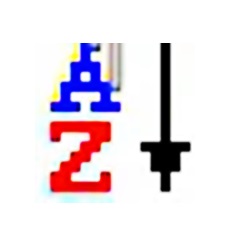
One stroke game rules
Just draw all the pictures according to the graphics without taking off the pen at once.
But a line that passes once cannot be passed twice.
As you pass each level, the difficulty of the game will become more and more difficult.
There will be some special regulations in the game,
For example, a line that needs to pass twice or a line that can only pass in one direction,
There are also rules such as jump points to move to another point all at once.
One stroke game guide
The number of vertices connected by an odd number of edges can be two, one, or zero. The different situations are described below:
When playing the game, first find the number and location of vertices with an odd number of edges.
1. When there are two vertices connected by an odd number of edges. One is the starting point and the other is the ending point.
2. When there is one vertex connecting an odd number of edges. This vertex can be used as the starting point, and the end point can be at any of the remaining vertices. You can also use this point as the end point and any other vertex as the starting point.
3. When the number of vertices connected by an odd number of edges is zero. At this time, you can choose the starting point and the ending point at will. In the end, you will find that the starting point is also the ending point.
Based on the above basic rules, directional arrows will appear in the later levels of the one-stroke game.
Before you start playing, take a look at how many incoming arrows, how many outgoing arrows, and arrows with no direction at each vertex. You have to ensure that after you enter this vertex, there are edges that allow you to leave this vertex, that is, the number of arrow edges entering this vertex is equal to the number of edges leaving this vertex. For example, there is a vertex with three arrow edges entering the vertex, one edge without arrows, and two arrow edges leaving the vertex. When entering the vertex from the arrow edges entering the vertex, you can leave from the arrow edges leaving the vertex and the edge without arrows. In this way, you cannot enter the vertex from the edge without arrows. You must use this edge as the edge leaving the vertex. . . . . . .














































Useful
Useful
Useful